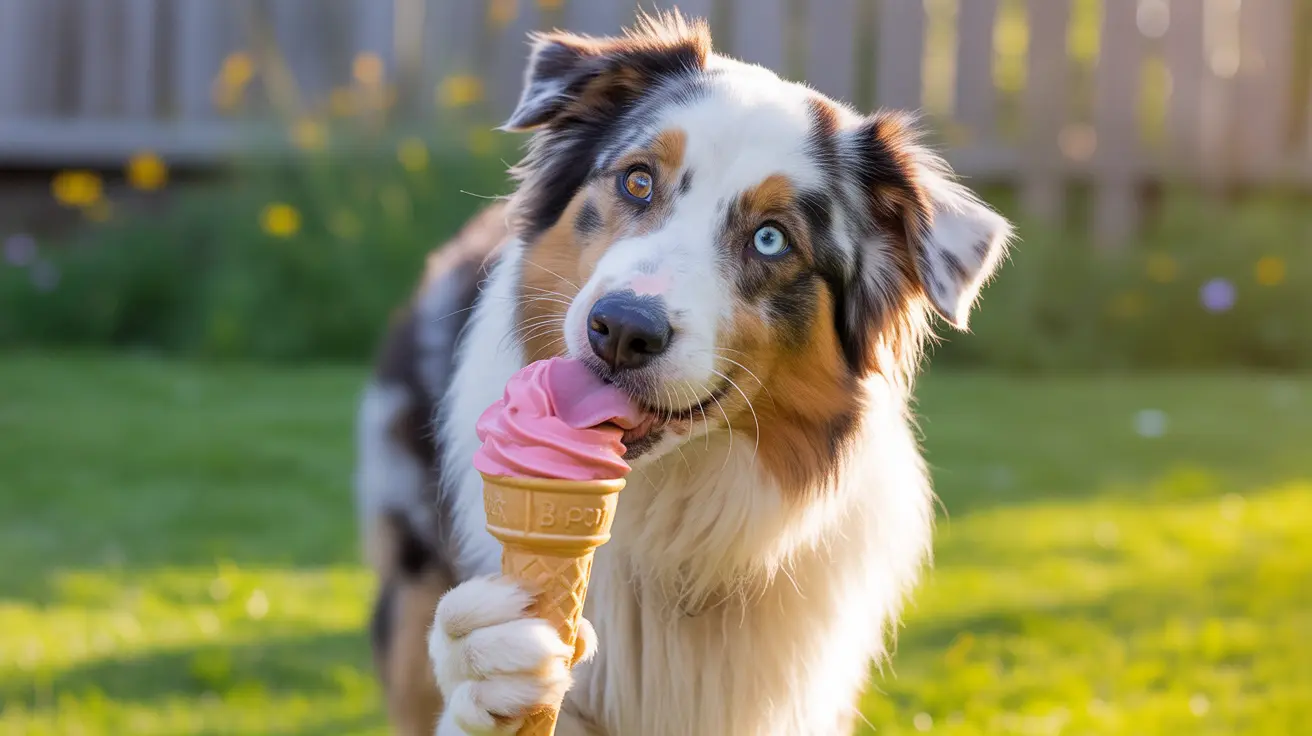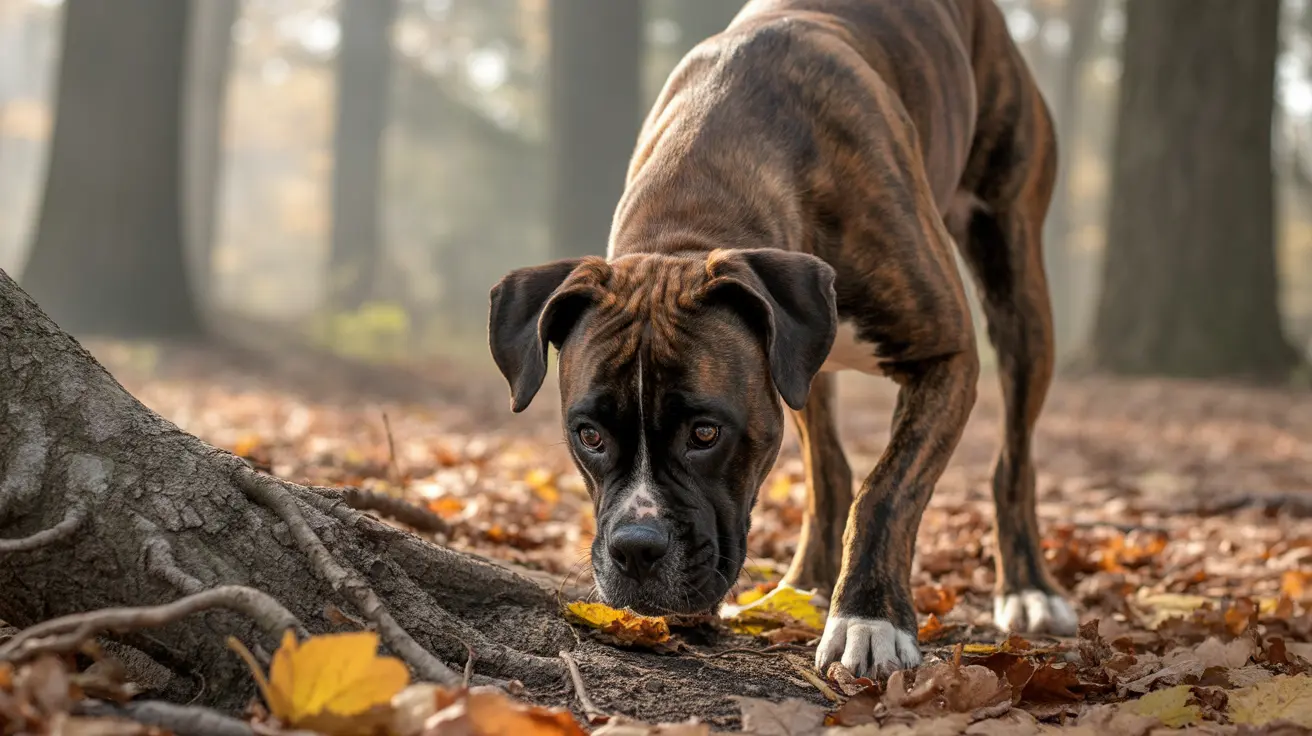Understanding Why Your Dog Sits on You
If you've ever found yourself pinned to the couch by a furry friend, you're not alone. Dogs sitting on their humans is a common behavior that can mean many things—most of them positive and rooted in natural canine instincts.
Seeking Comfort and Security
Physical contact with you gives your dog comfort, warmth, and a sense of security. Many dogs crave this closeness, especially during stressful times like thunderstorms or fireworks. Puppies are used to sleeping in close contact with their mother and littermates; as adults, they often carry this need for reassurance into their relationships with humans.
Affection and Bonding
Sitting on you is one way your dog shows affection and strengthens your bond. Some breeds—think Chihuahuas, Maltese, Labradors, Golden Retrievers, or even Great Danes—are especially tactile. Whether it's on your lap, chest, or feet, this gesture can mean your dog wants attention, playtime, or simply to be part of the family unit.
Scent Spreading and Territory Marking
Dogs have scent glands on different parts of their bodies. When they sit on you or rub against you, they're sometimes spreading their scent as a way of claiming ownership. This can be more noticeable if there are other pets around or if another animal has recently visited your home. Occasionally, this ties into resource guarding—your dog may want to protect you from other animals and could even show aggression if another pet approaches.
Learned Behavior
If you reward your dog for sitting on you—with petting, snuggles, or treats—they'll quickly learn that this behavior gets them what they want. Positive reinforcement encourages repetition; if sitting on you leads to affection or playtime, expect it to become a habit.
Separation Anxiety
Some dogs experience separation anxiety and seek constant physical contact with their owners. If your dog follows you everywhere and insists on sitting close—or right on top of you—it might be trying to soothe its own distress. Signs of anxiety can include panting excessively, drooling, whimpering, or acting destructively when you're about to leave.
Breed Tendencies
Certain breeds are naturally more prone to close contact because of their history with humans. Bernese Mountain Dogs and Vizslas are classic examples—they're known for being "velcro dogs" who love sticking close to their people. Well-socialized dogs that have been positively reinforced for physical closeness are likely to be more tactile overall.
Dominance and Social Standing
Sometimes a dog sits on its owner to assert dominance or establish its place among other household pets—especially after introducing a new animal. This might come with barking, growling, or resource guarding behaviors. If things get aggressive or problematic, reaching out to a professional trainer or veterinarian can help.
Temperature Regulation
Your body heat can be irresistible when it's cold outside (or inside). Dogs may seek out human contact for warmth during chilly weather—or occasionally even use bodily contact as a way to cool down if it helps them regulate temperature comfortably. The type of fur and the dog's size both play roles in how much warmth they seek from you.
Initiating Play or Seeking Attention
If your dog tends to sit on you when you're seated at ground level or in certain positions, it could be an invitation: "Let's play!" Or maybe it's just bored and wants some interaction from its favorite person.
- Sitting for comfort/security (especially during stress)
- Expressing affection/bonding
- Scent spreading/territory marking
- Learned/reinforced behavior through rewards
- Coping with separation anxiety
- Breed-specific tendencies toward closeness
- Asserting dominance/social standing (rarely)
- Seeking warmth/cooling off via body heat
- Boredom/initiating playtime
Training Alternatives If Needed
If you'd rather not have your dog sitting directly on you all the time (especially if they're large!), training alternatives exist. Redirecting them to a designated spot like a bed or mat works well when combined with consistent cues and positive reinforcement for staying put elsewhere. If the behavior changes suddenly—like increased clinginess—it could signal discomfort or illness; checking in with your vet is wise.
No matter the reason behind it, most dogs sit on their people out of affection and a desire for connection—a natural extension of the strong human-dog bond built over thousands of years together.





